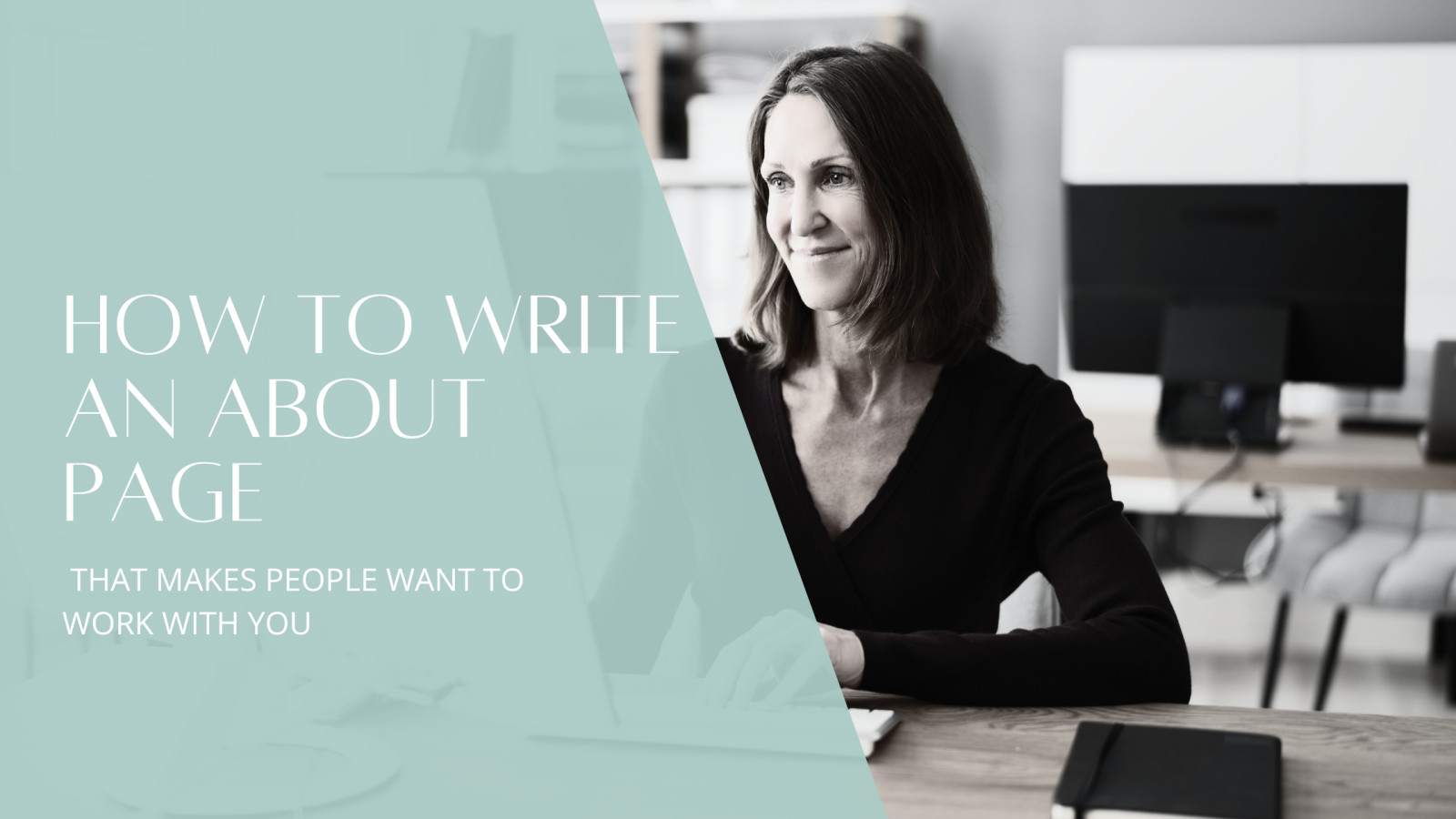
A beginner-friendly guide to building trust, connection, and confidence through your story
Writing an About page for your website can feel...awkward.
You might be wondering:
- “Do I just write my life story?”
- “Should I talk about my business or myself?”
- “How do I make it sound professional without sounding stiff?”
Here’s the truth:
Your About page isn’t really about you.
Your About page isn’t really about you.
It’s about your reader—and how you help them.
It’s your chance to build trust and show them, “Hey, I get it. I’ve been where you are. And I can help.”
So in this post, I’m going to show you exactly what to include in your About page, in what order, and how to write it in a way that sounds like you—even if you don’t think you’re a “writer.”
What Is the Purpose of an About Page?
Your About page is one of the most visited pages on your website. People click it when they’re curious:
- “Who is this person?”
- “Can I trust them?”
- “Do they understand what I need?”
- “Are they the right fit for me?”
Your job is to answer those questions without overwhelming them with a long biography.
A good About page helps people:
- Feel seen and understood
- Know why you do what you do
- Understand how you can help them
- Feel confident reaching out or working with you
The 5 Essential Parts of an About Page That Builds Trust
You don’t need to overthink this. Just follow this simple structure:
1. Start With Them, Not You
Before you talk about yourself, start with something your dream client is struggling with.
Example:
“If you’re tired of trying to build your business alone and feeling totally overwhelmed by all the tech stuff—you're in the right place.”
This makes your reader feel seen. They’ll keep reading because they feel like you get them.
2. Share Why You Care
Now, introduce yourself—but in a way that shows your heart.
Why do you do what you do? What made you want to help people in this way?
This is where your story connects.
Example:
“I know how hard it is to figure out websites, branding, and marketing when you're just getting started—because I did it all the hard way myself. After years of trial and error, I finally found a way to build a business that felt aligned, creative, and actually worked.”
This shows you're not just an expert—you’ve been in their shoes.
3. Highlight How You Help (And Who You Help)
Now get a little more specific about:
- Who your business is for
- What kind of results you help them get
- What it’s like to work with you
This helps people decide, “Yes, this is the kind of support I’ve been looking for.”
Example:
“Now, I help brand new entrepreneurs—especially the ones who feel totally lost with tech—build beautiful, simple websites and launch their offers with confidence. I believe you don’t need to be an expert in everything to get started—you just need the right support and a clear path.”
4. Show Your Values or Personality
This is where you let a little bit of you shine through. What do you stand for? What makes you different? What can people expect when they work with you?
If you’re warm, funny, introverted, spiritual, creative, no-nonsense—let that show.
People want to work with people they like, not just people who are skilled.
Example:
“Around here, I believe in progress over perfection, laughing through the mess, and building businesses that feel good on the inside—not just ones that look good on the outside.”
5. Invite Them to Take the Next Step
Your About page shouldn’t just be a dead end. After they read and like you, tell them what to do next!
You could invite them to:
- Book a discovery call
- Download your freebie
- Check out your services
- Send you a message
Example:
“If you’re ready to stop second-guessing everything and finally bring your vision to life, I’d love to help. You can check out my services here—or book a free discovery call so we can chat.”
This gives them a clear next step—and that’s what turns readers into clients.
Bonus Tips to Make Your About Page Even Better
- Use a photo of yourself. Even if it’s not “perfect.” People connect with faces.
- Keep your paragraphs short. Big blocks of text are hard to read.
- Write how you talk. Don’t try to sound fancy—just be you.
- Avoid too much jargon. Use simple words your audience would use.
- Include some personal fun facts (if it fits). A quick “5 things about me” at the bottom can help people relate.
What Your About Page Isn’t
It’s not:
- A full resume
- A novel
- A list of achievements
It’s a story that invites someone in. It shows who you are, what you care about, and why they can trust you to help.
Recap: The Simple Structure of a Great About Page
Here’s your quick outline:
- Start with their problem — make them feel seen
- Share your story — why you care and how you got here
- Explain how you help — and who your offer is for
- Show your heart — your values, vibe, or personality
- Invite them to take action — give them a next step
When you write from a place of service and truth, it doesn’t need to be perfect—it just needs to be real.
That’s what builds the “know, like, and trust” factor that turns readers into clients.
Want help writing your About page?
I work with beginner entrepreneurs to create websites and copy that feel true to who you are—and help your dream clients actually find and trust you. Let’s make your About page something you’re proud of.
I work with beginner entrepreneurs to create websites and copy that feel true to who you are—and help your dream clients actually find and trust you. Let’s make your About page something you’re proud of.
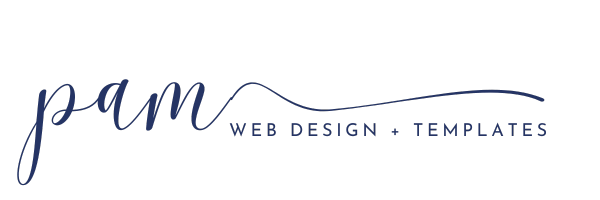

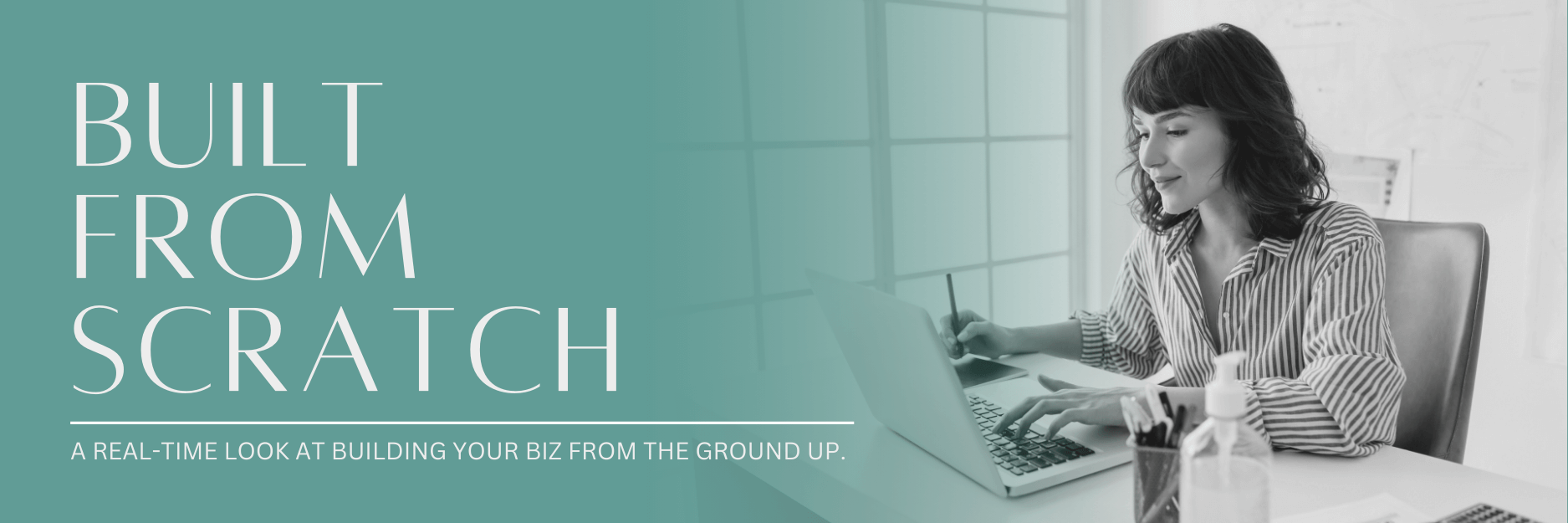

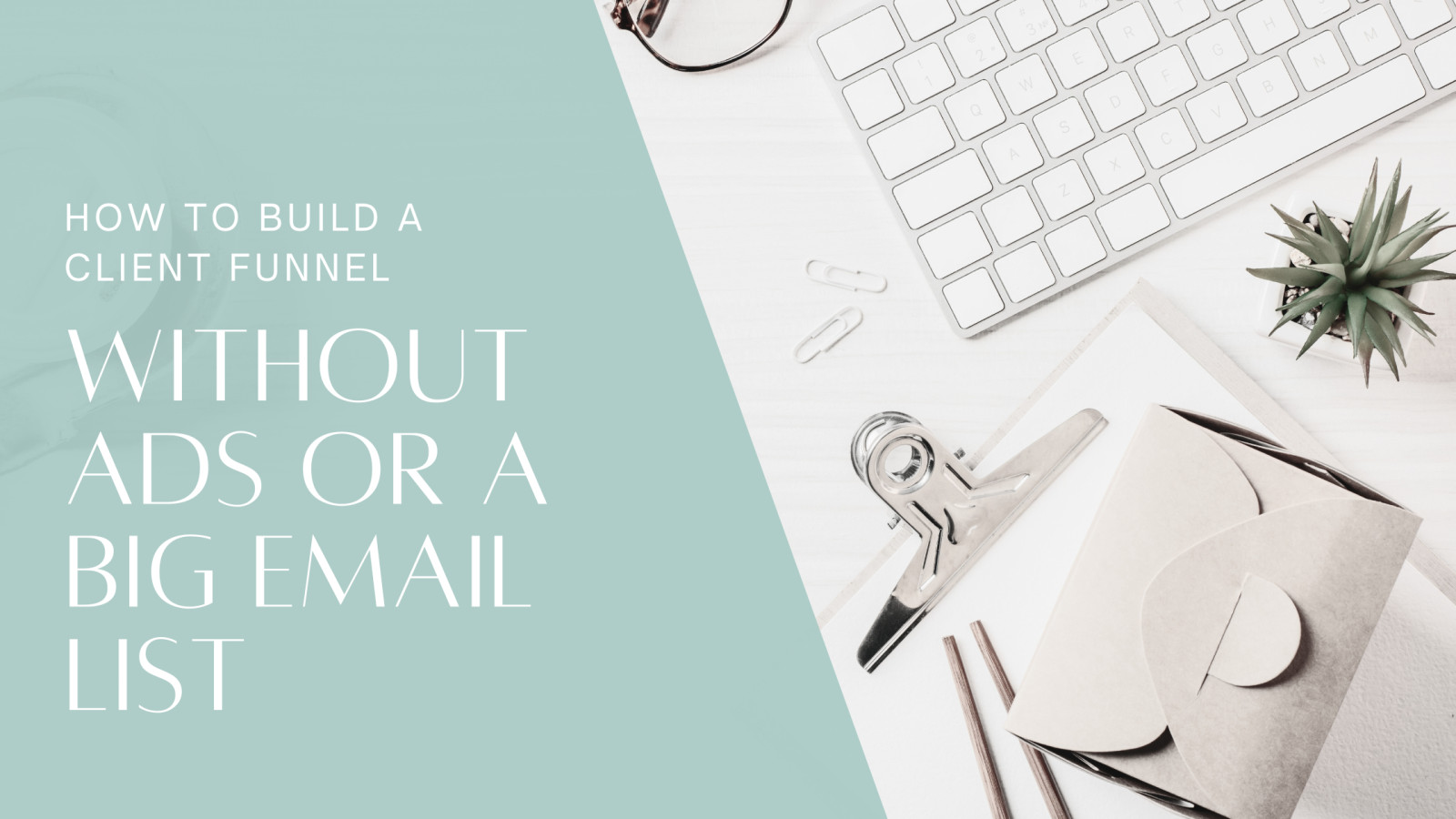
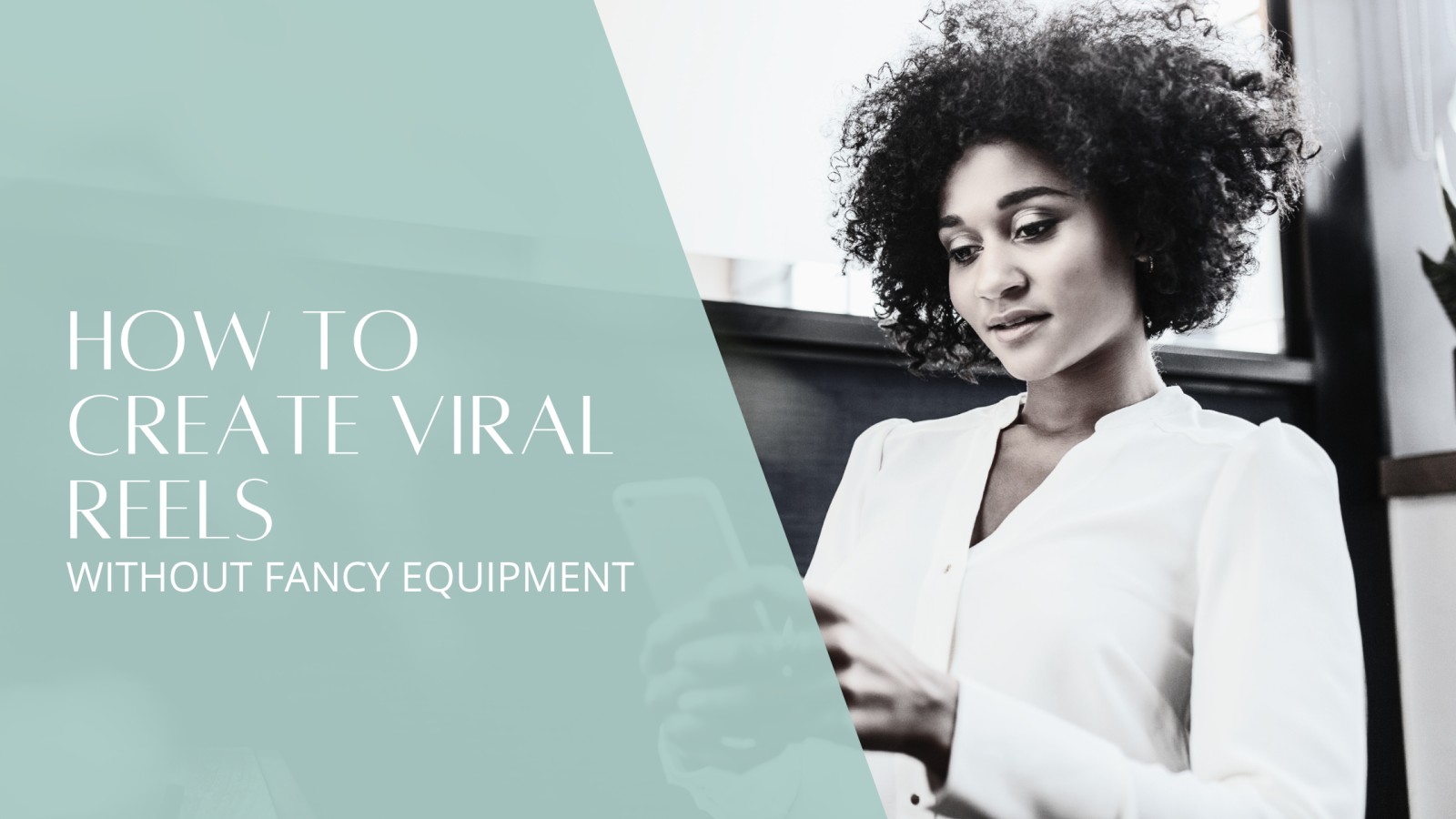
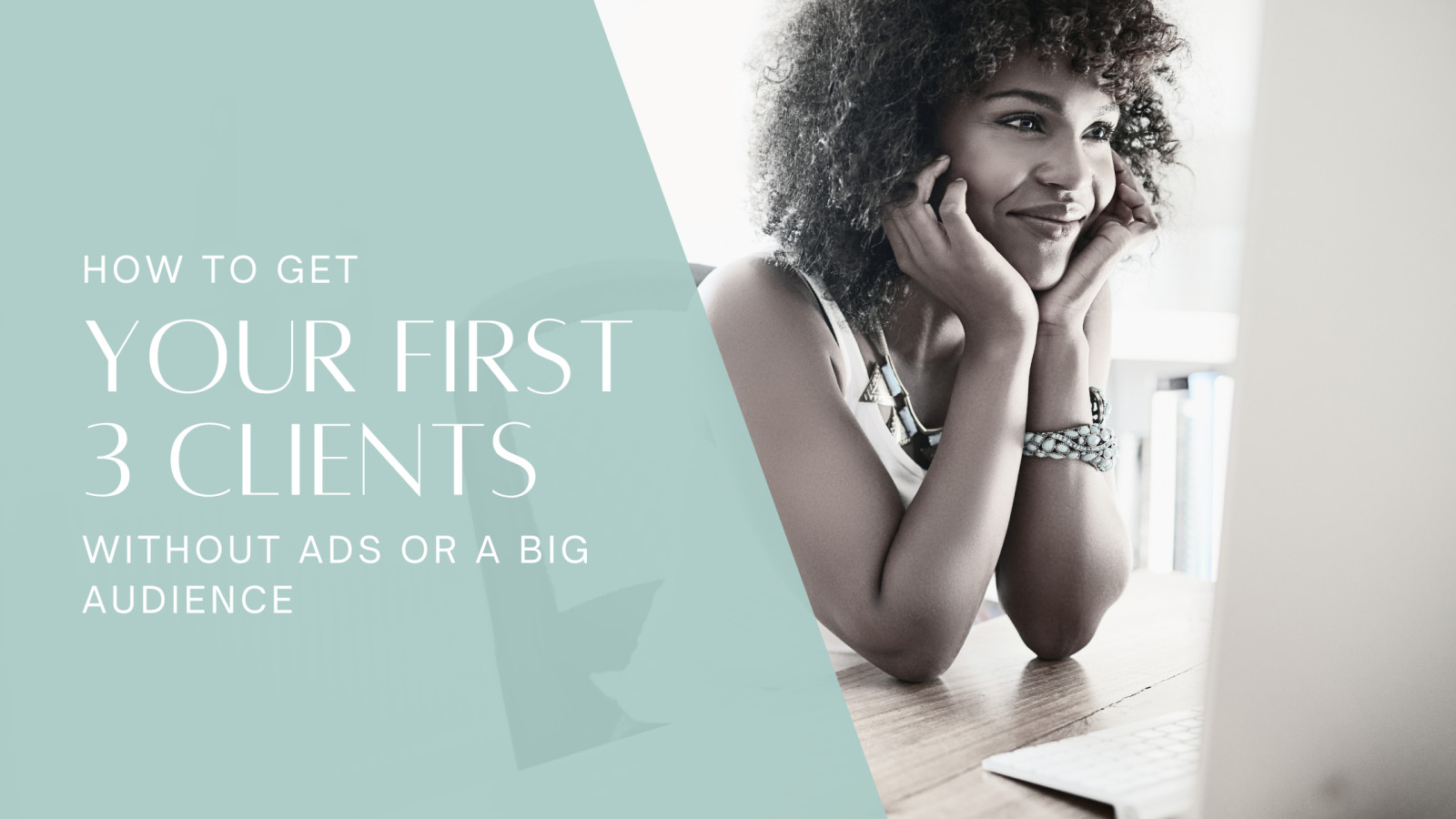
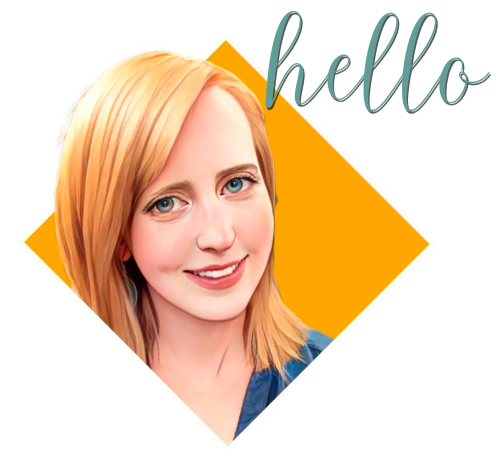
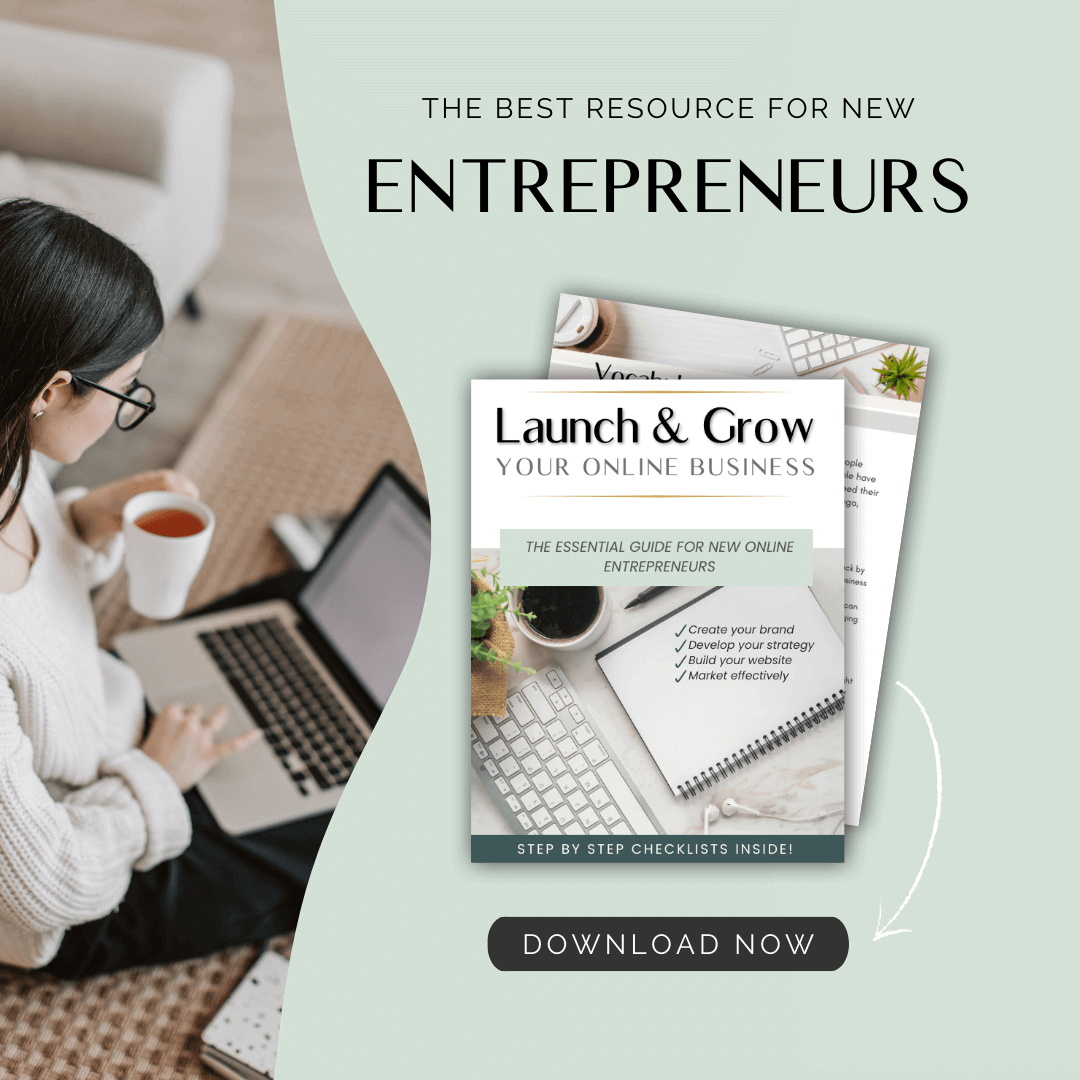
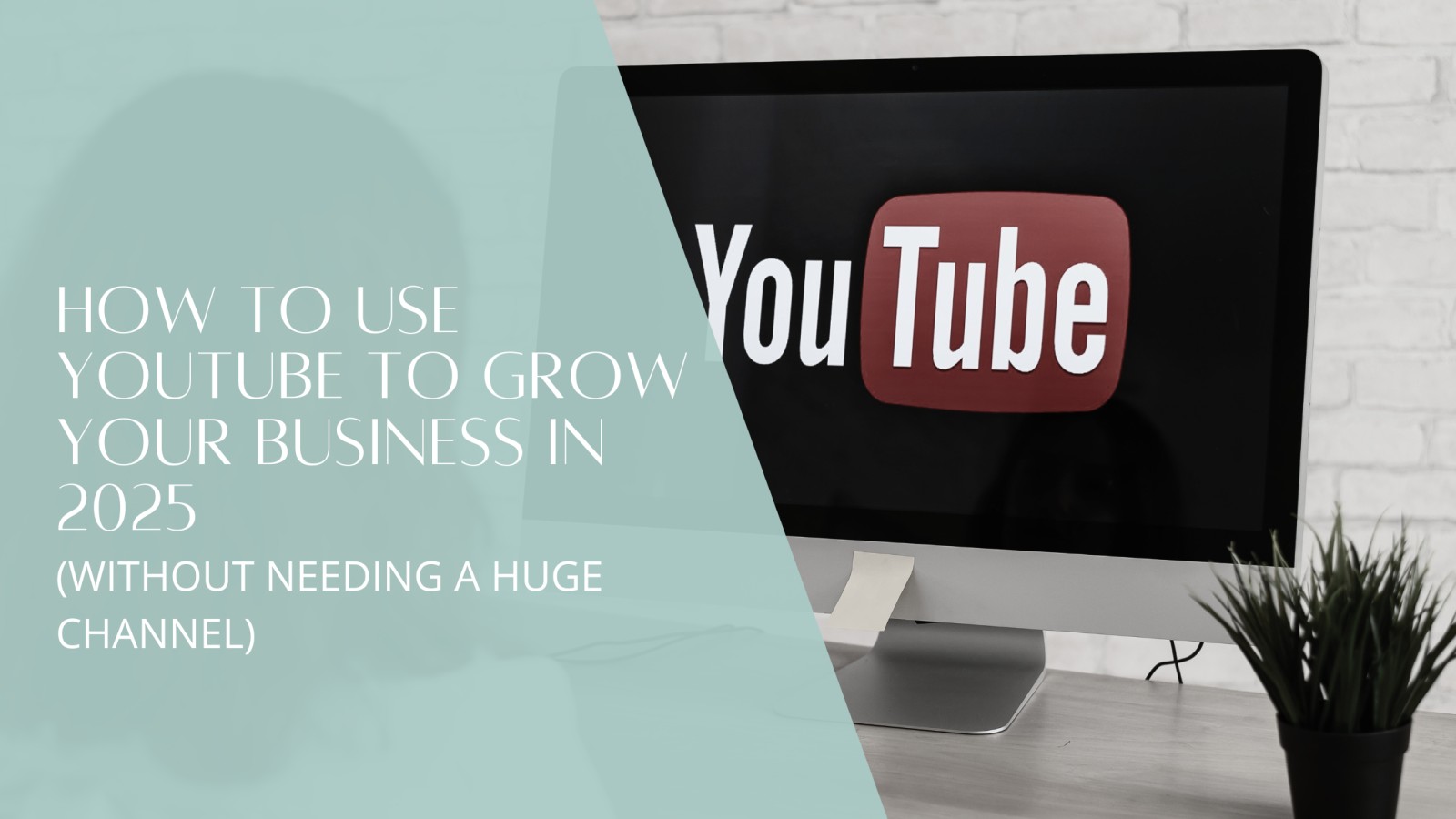



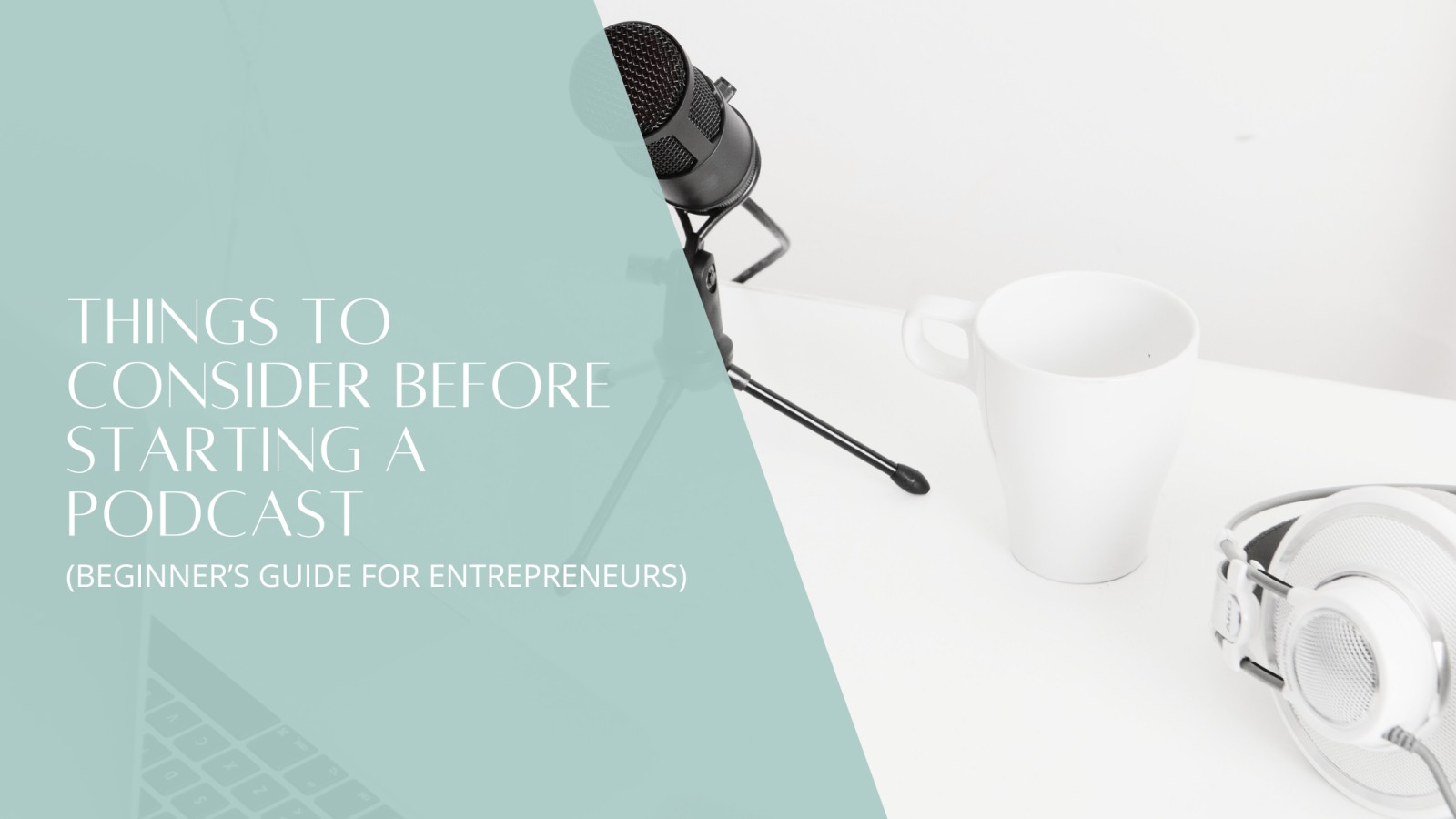
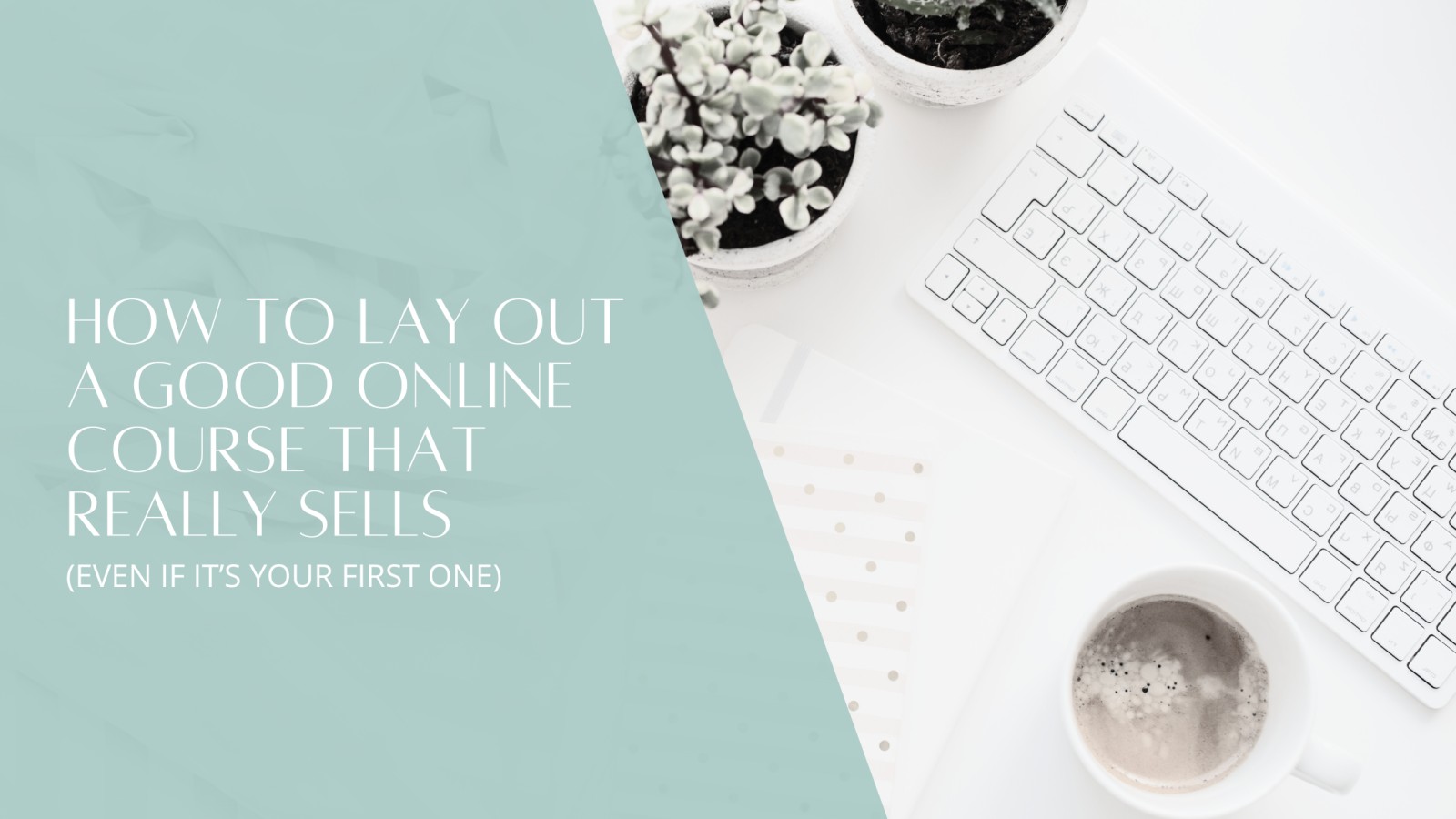


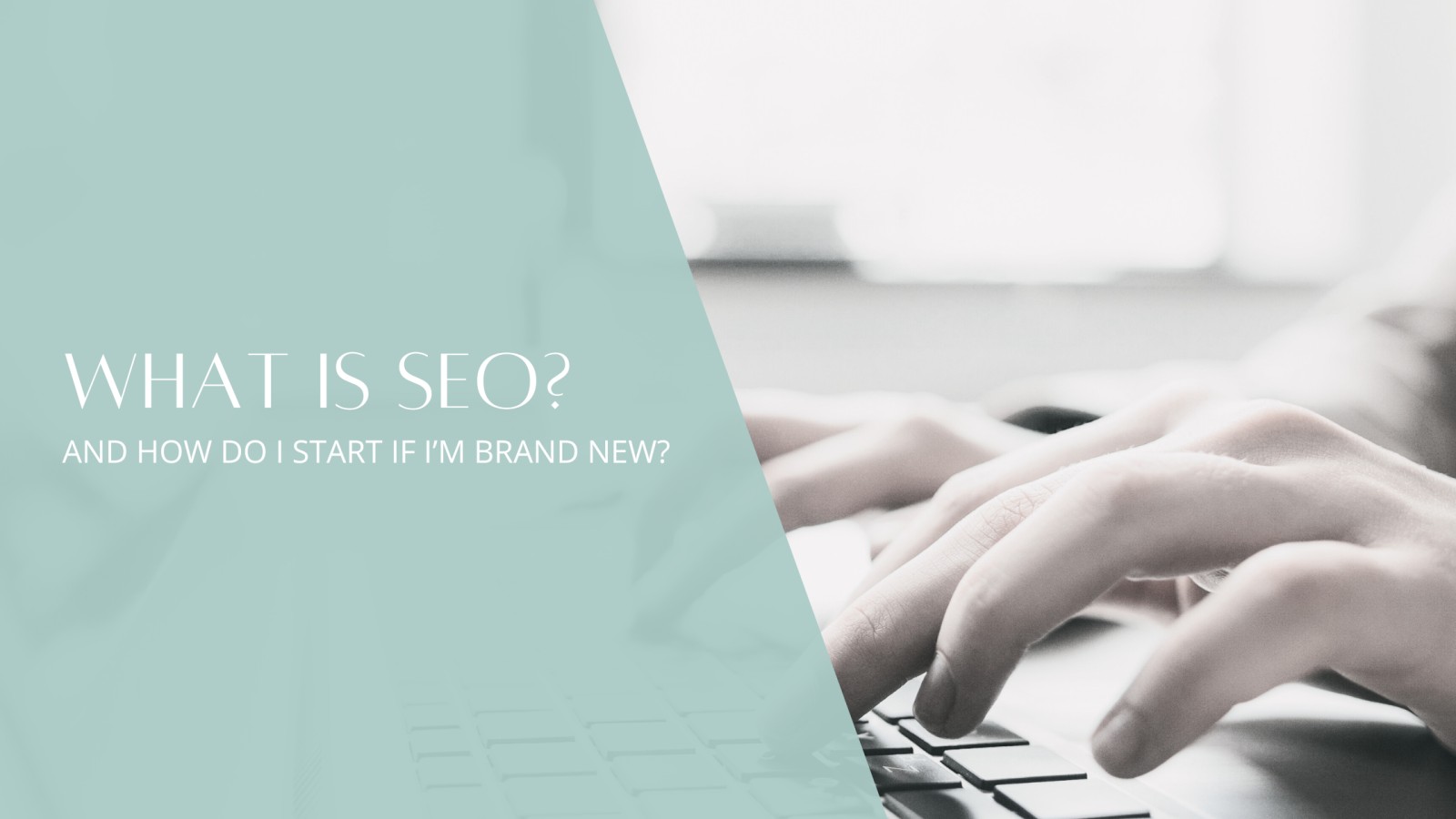
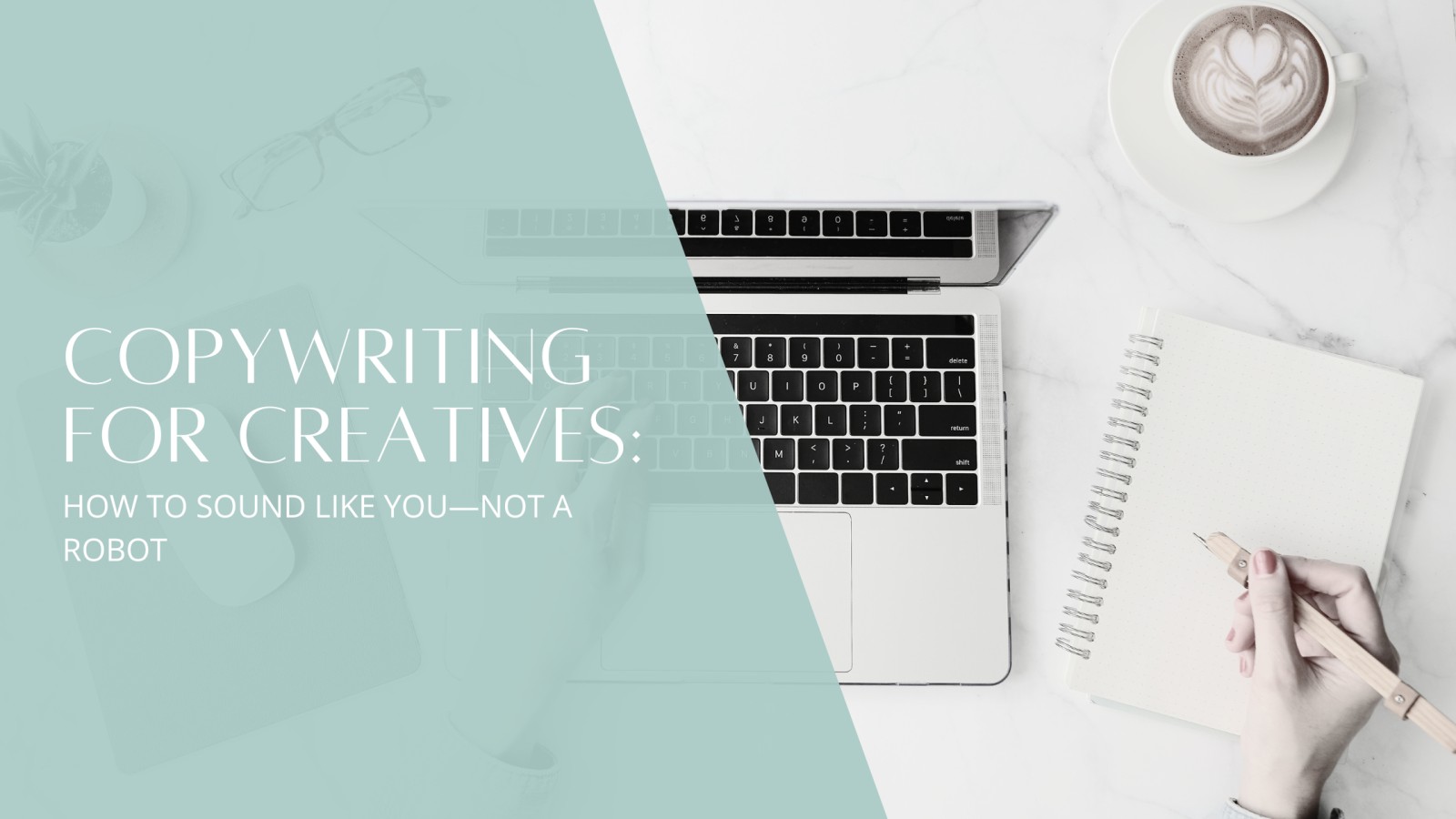
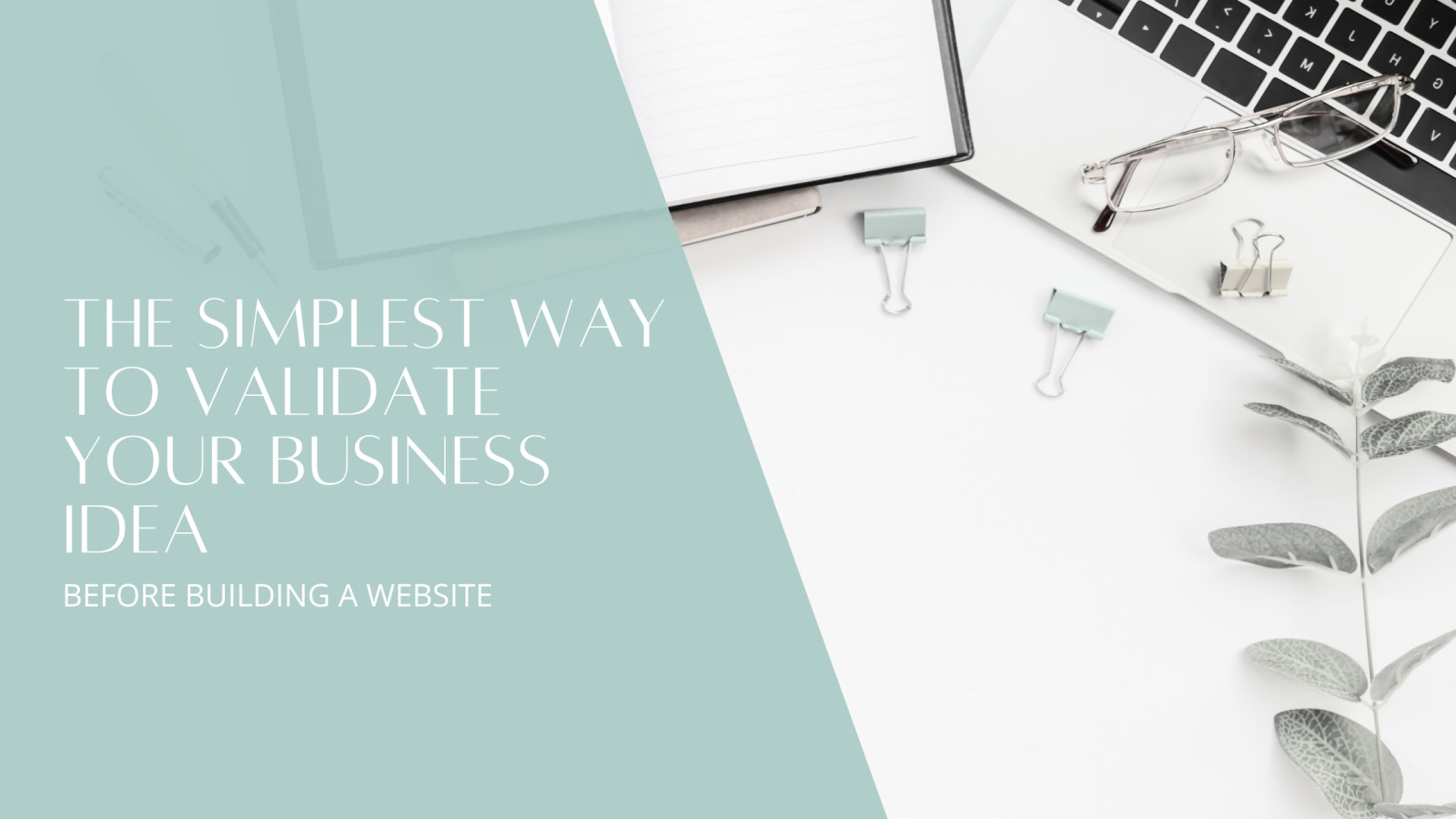
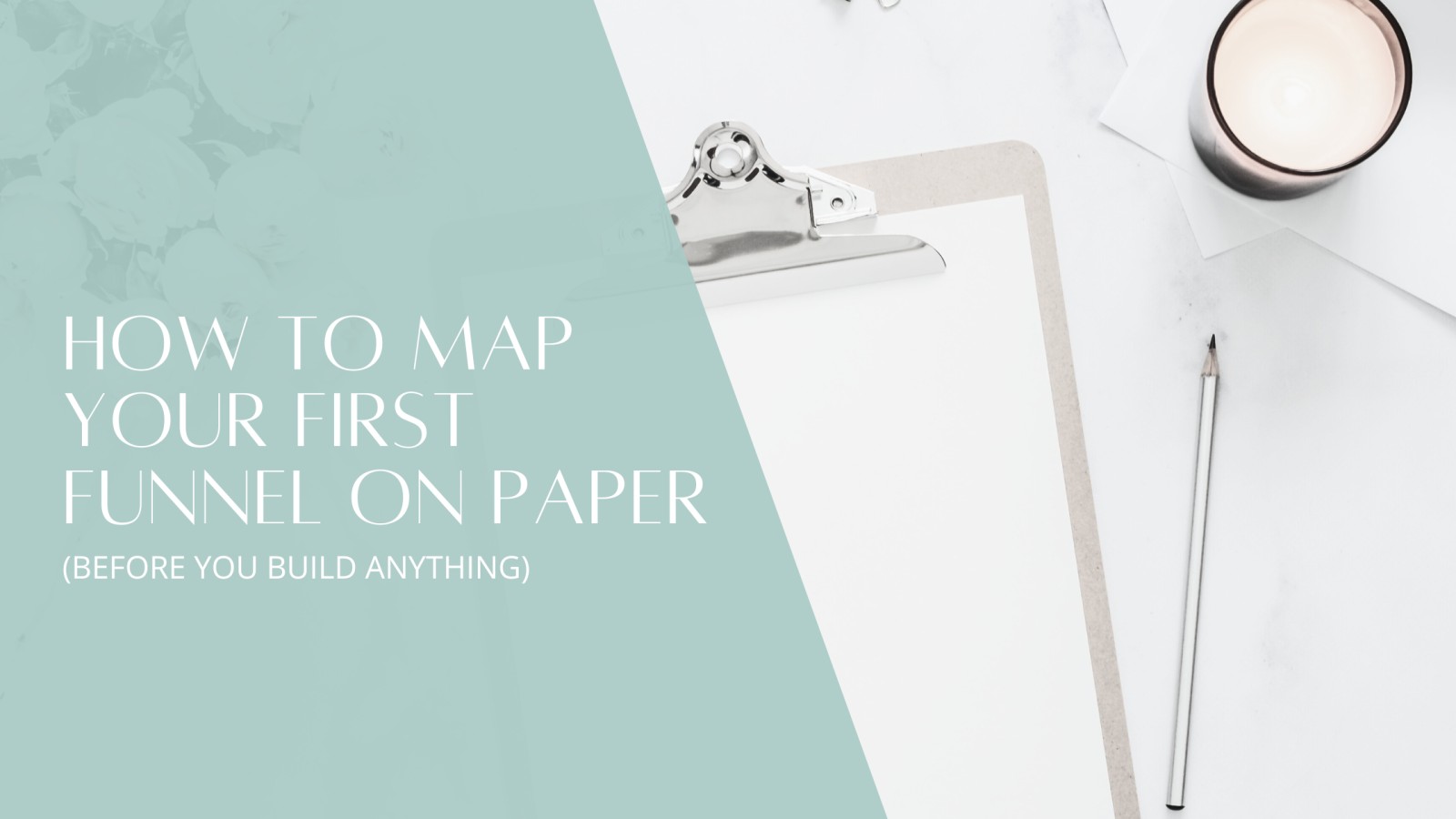

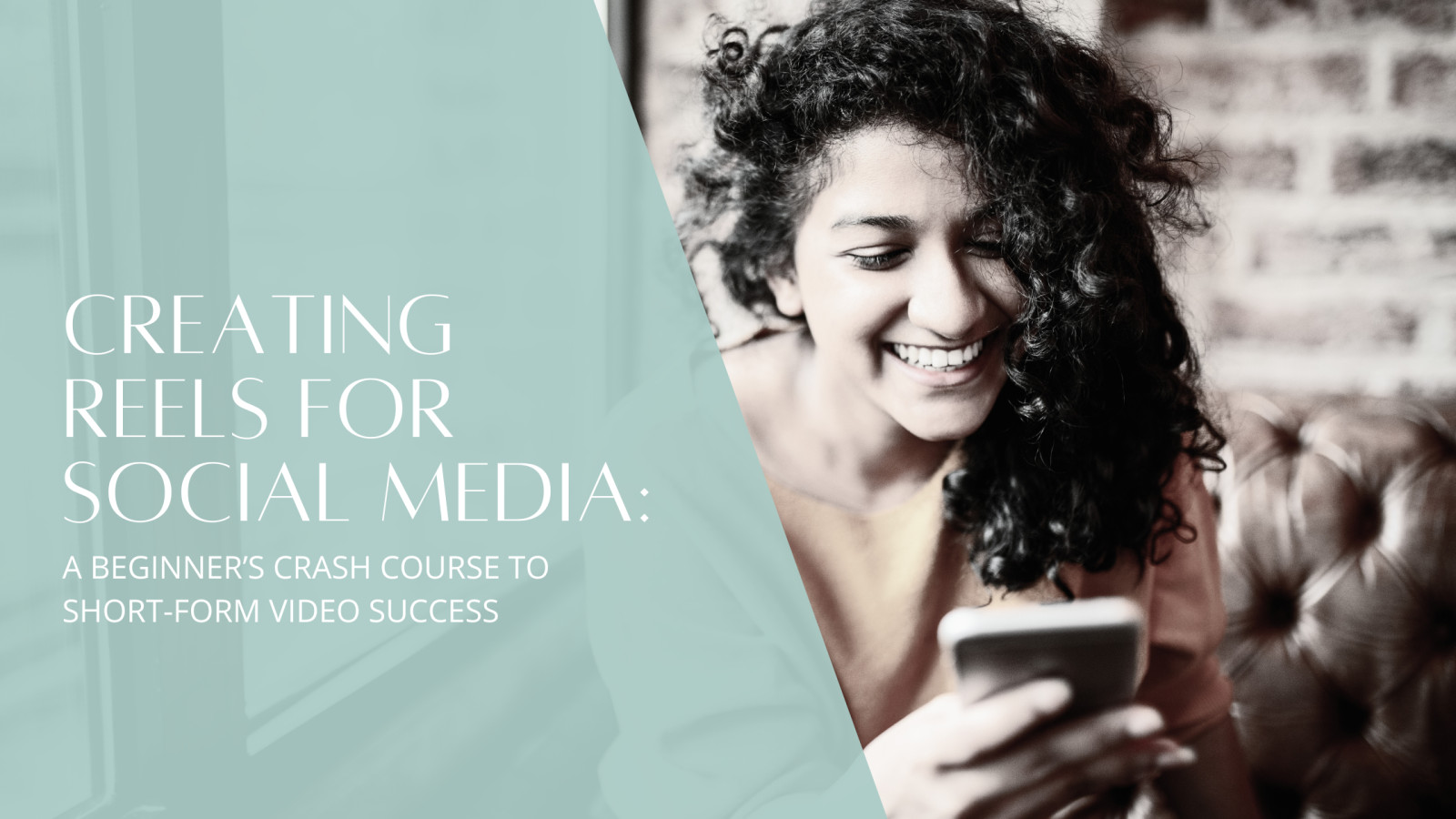
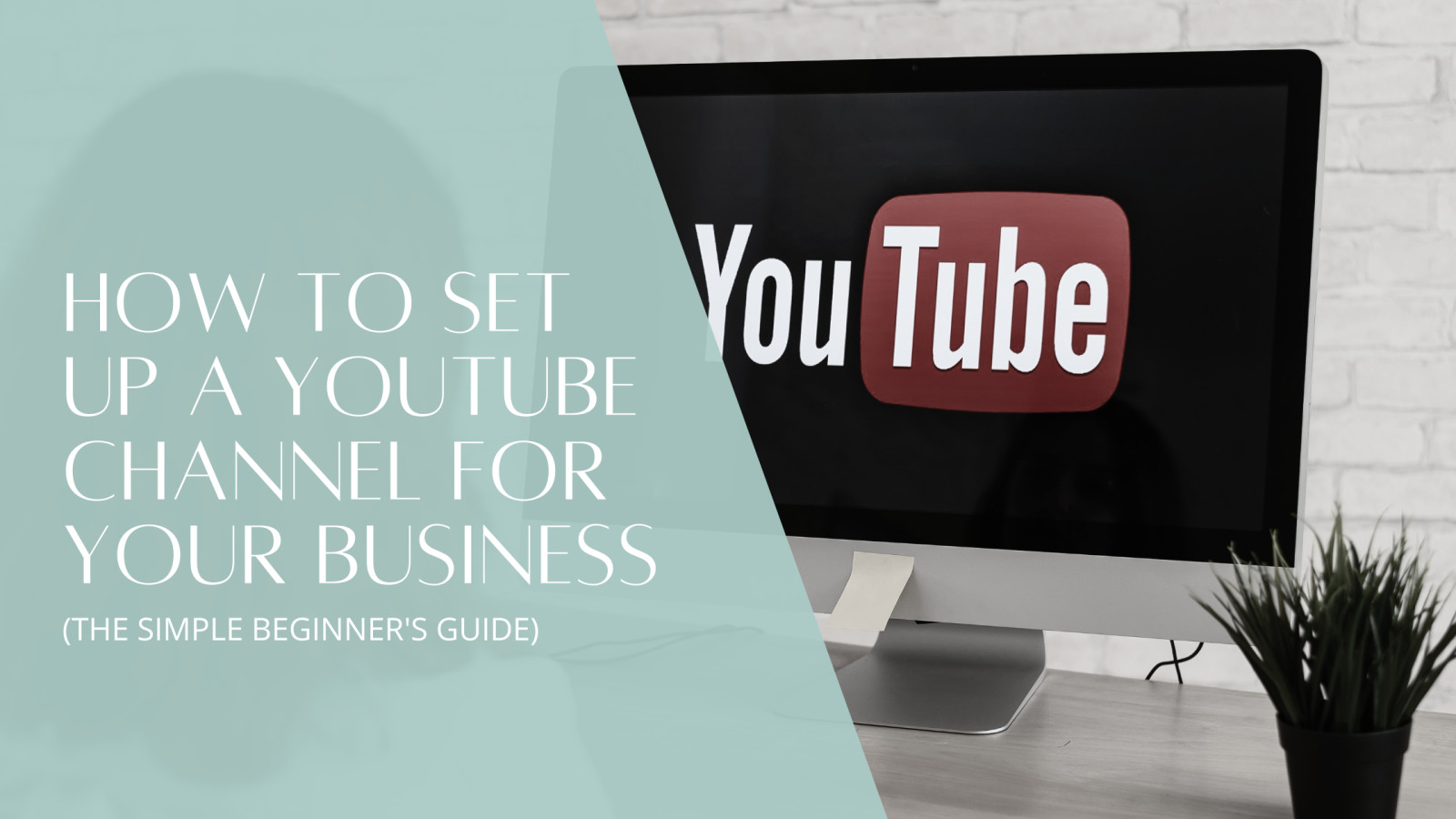
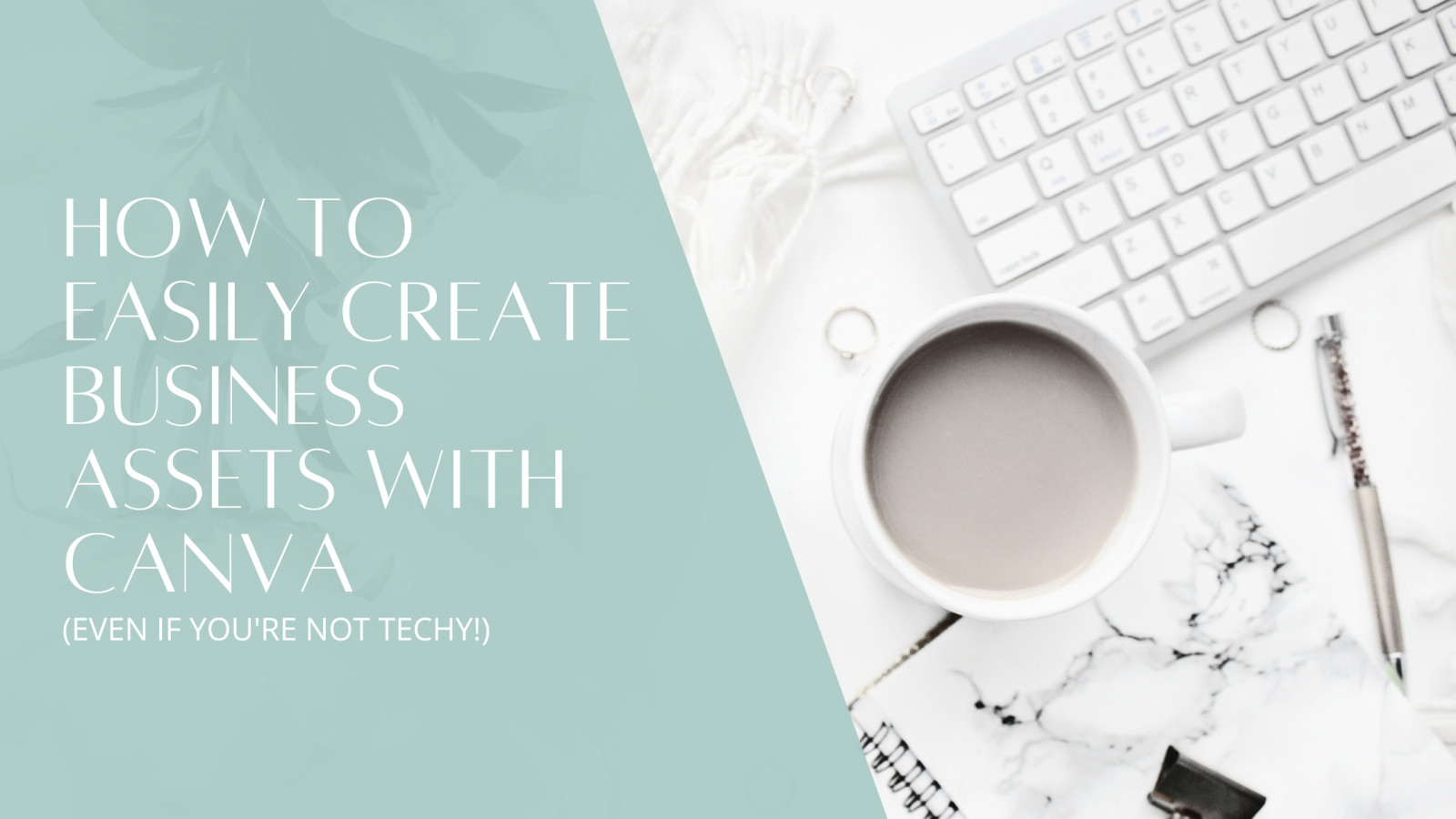
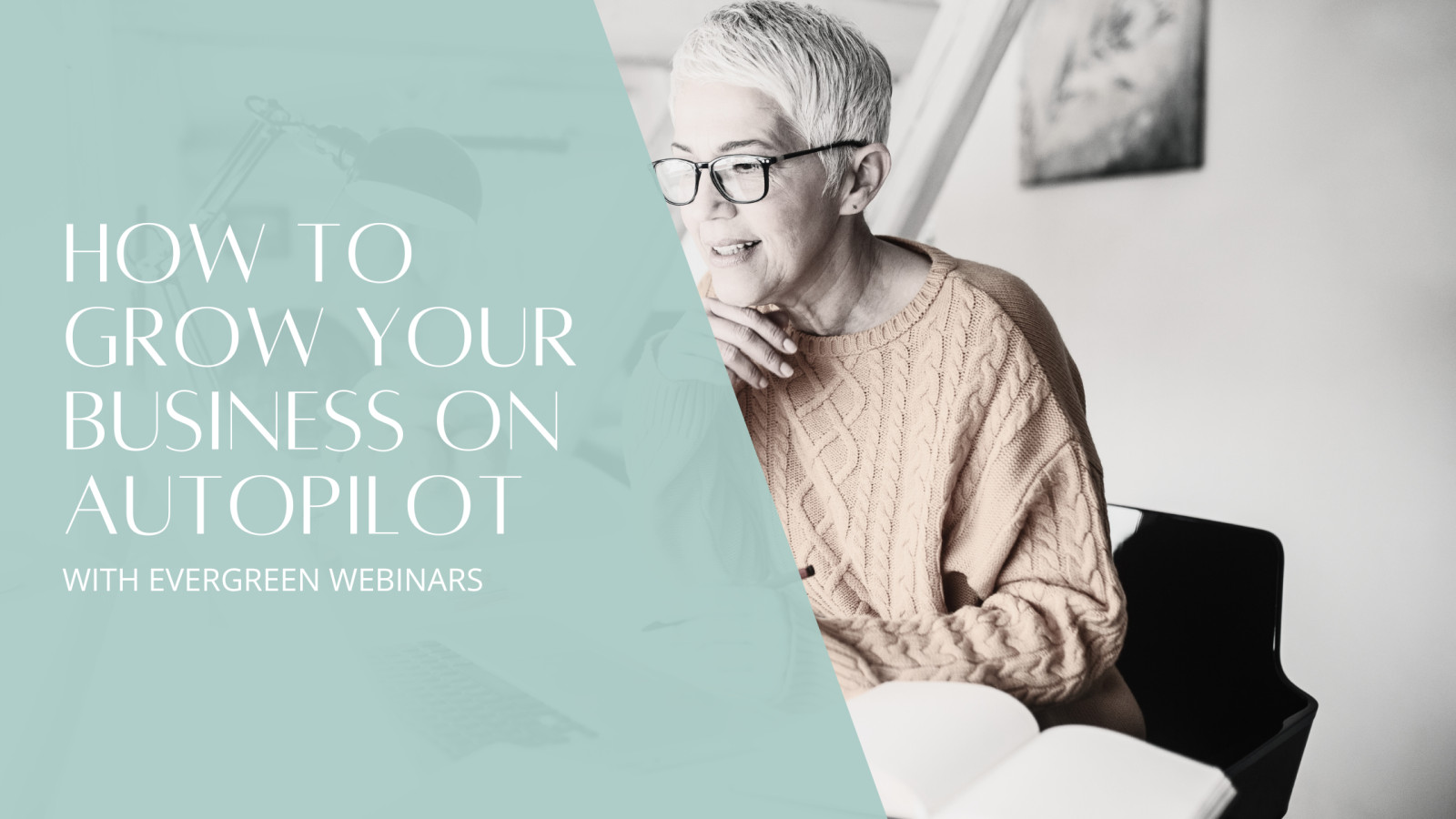
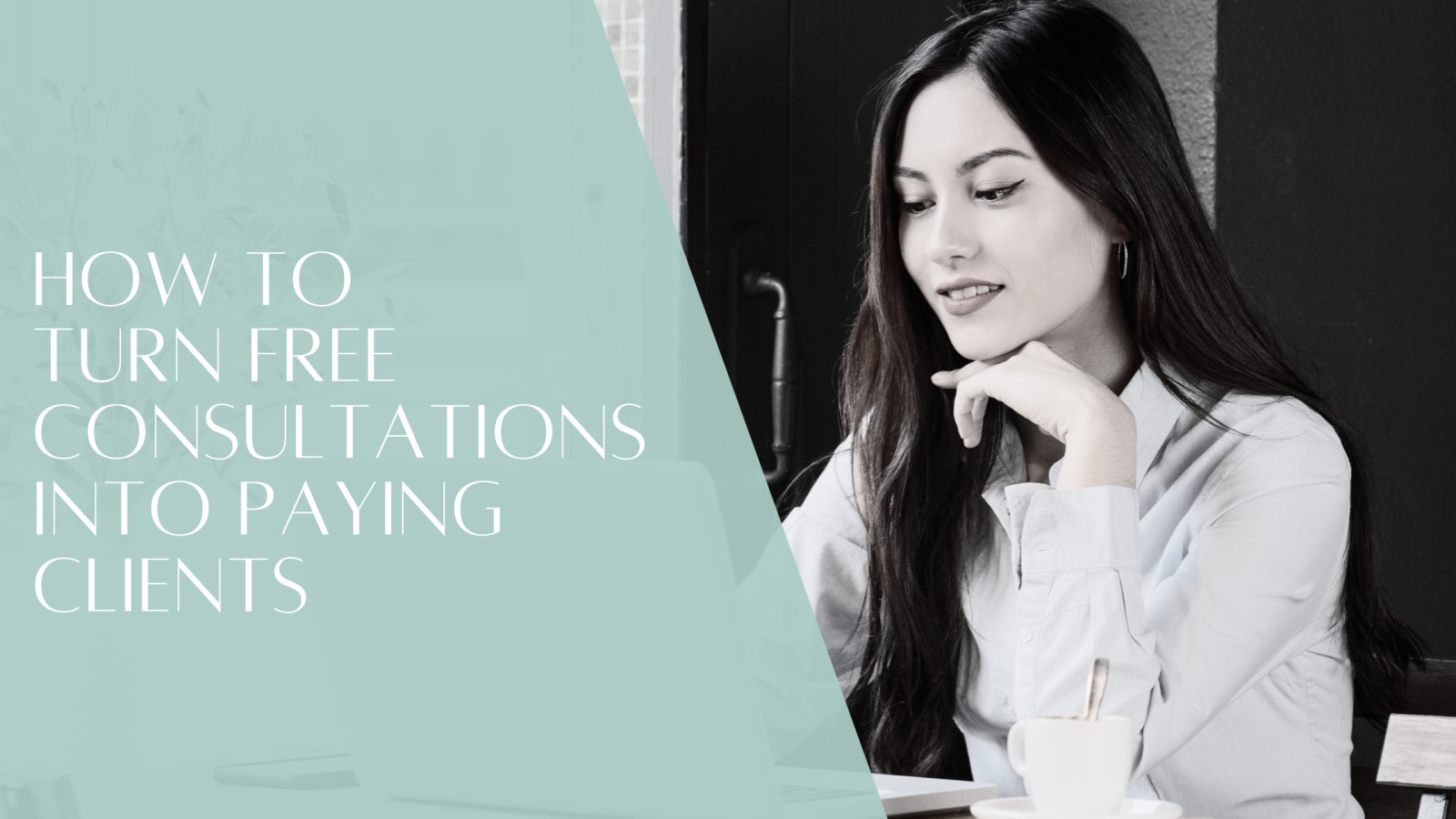
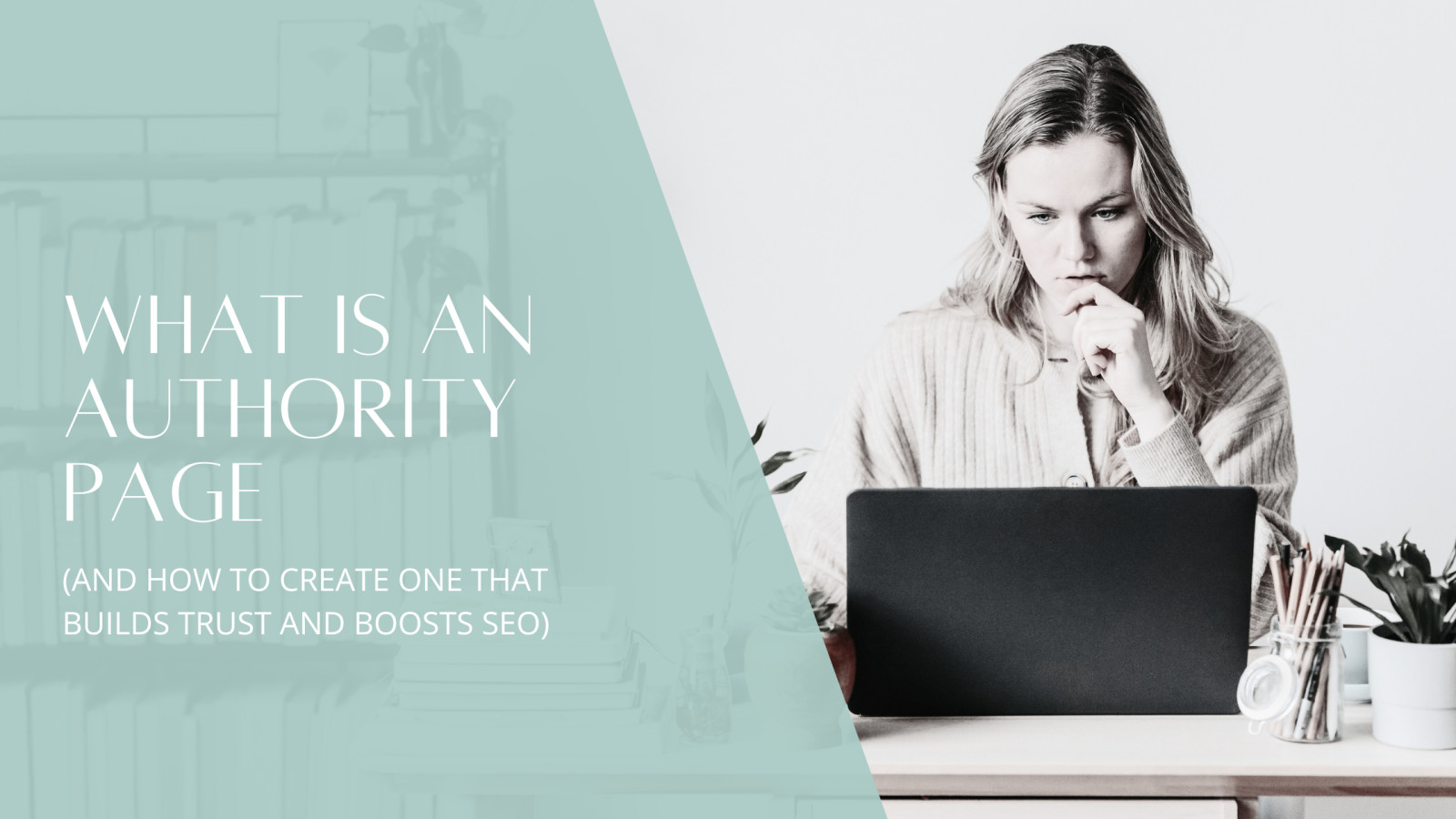
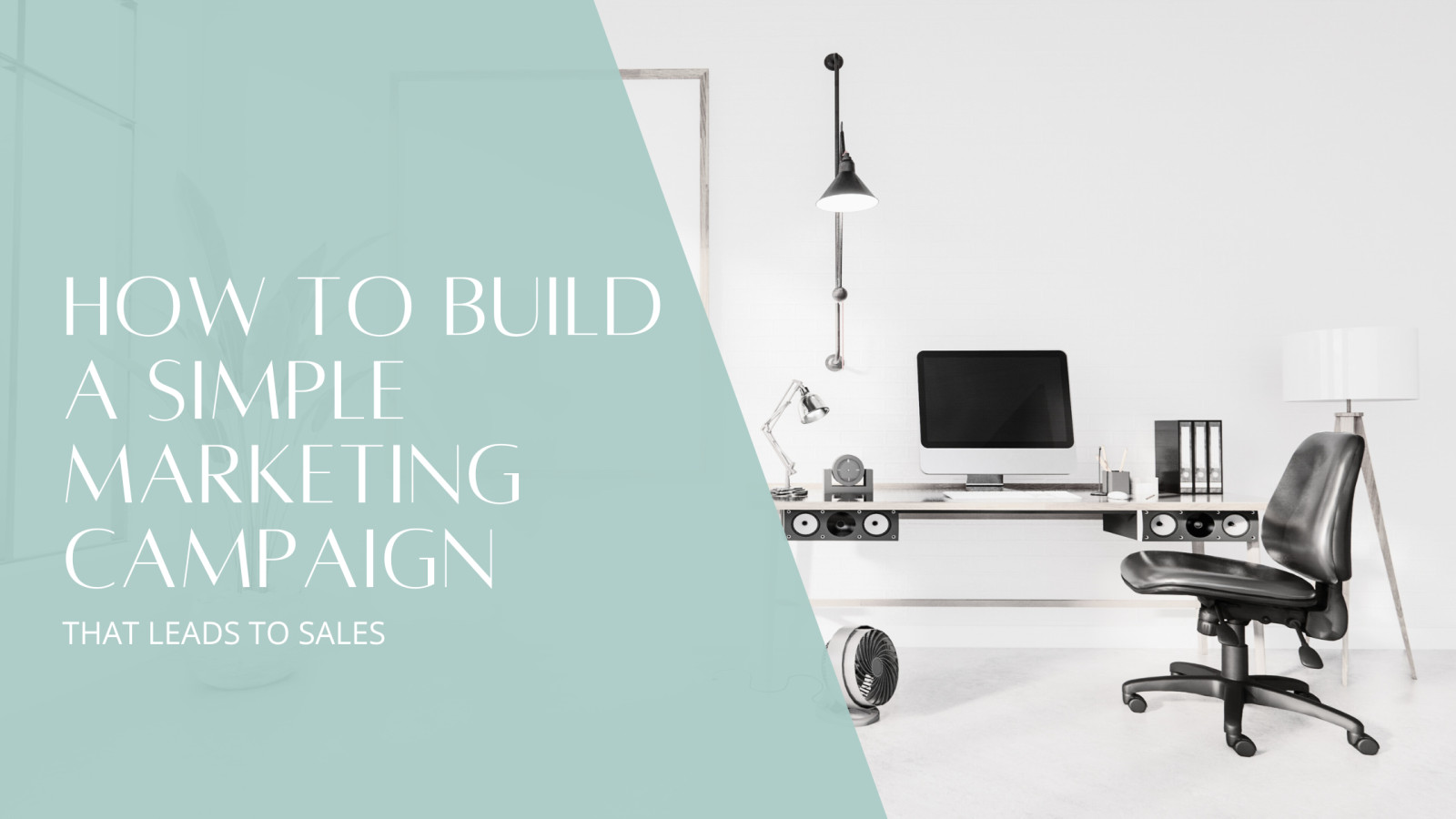






0 Comments